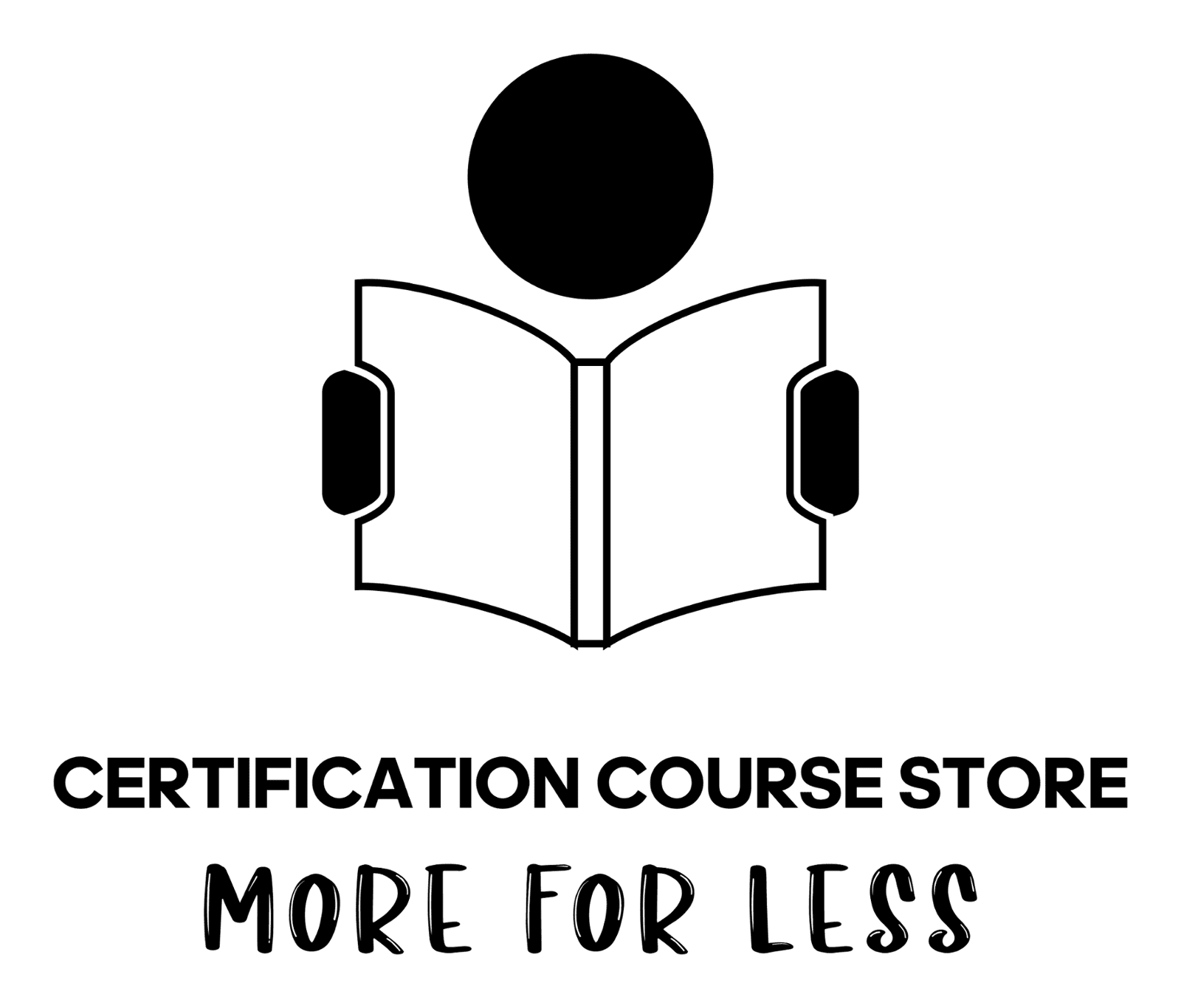By successfully completing the VCTA exam, candidates can earn the VMware Certified Technology Associate credential. When a candidate achieves this credential, VMware is essentially demonstrating that they have confidence in the candidate's ability to troubleshoot common virtualization issues and understand fundamental virtualization concepts.
When you're just getting started in a career in virtualization, the credibility of the VCTA can be a huge asset. It demonstrates that you're dedicated to your chosen field and willing to put in the time and effort to learn about new technologies, both of which are important qualities in a potential employer.
What You Really Need to Know About the VCTA Exam
Although practical experience is not required in order to pass the VCTA exam, VMware recommends candidates have at least one year of relevant work experience before attempting the test. It is not necessary to devote as much time to studying for this exam as you would for other exams if you prepare for it with a self-paced training course, videos on YouTube, or an instructor-led course such as Keith Baker's VCA-DCV (the course that was the forerunner to the VCTA).
As is the case with any certification, the supporting materials for the exam are a good place to start. These materials will include information on how much time you have, what you need to know to pass, what you'll be tested on, and where you can find a wide variety of additional links to peruse.
The following is a list of important topics that will be covered on the VCTA exam:
- Technologies and Architecture
- Installing, setting up, and configuring
- Operational and Administrative Tasks
In the following sections, you will receive an introduction to VMware as well as a review of the kinds of administrative responsibilities that are typical for a virtualization infrastructure engineer.
- Technologies and Architecture
- Technologies and Architecture
It's possible that you've picked up on the fact that the word "identify" is used quite frequently throughout the discourse in this section. The first thing you should do when learning about any subject is to get a feel for the bigger picture. To put it another way, this entails naming and describing the many different kinds of systems that are currently available.
- Installing, setting up, and configuring
- Installing, setting up, and configuring
In this section, a possible lack of practical experience could work against you, but on the bright side, there are only a few bulleted items to go over in comparison to the first part of the chapter. Take a look at the instructions to get a general idea of how to set up ESXi hosts and vCenter before you begin. This reference article provides a fantastic illustration of an effective "order of operations" strategy.
The subsequent step is to read through the documentation that is easily accessible for vSphere 7.0. This will allow you to become familiar with the various configuration options that are available. In this section, we will cover the more important ones, such as the licence configuration, NTP setup, vSwitch configuration, HA configuration, and distributed resource scheduler configuration (DRS).
- Operational and Administrative Tasks
- Operational and Administrative Tasks
Consider this the meat and potatoes of the exam, which demonstrates to potential employers that you truly understand the technology and can put to use on the very first day of your employment if you are hired. This section covers topics such as demonstrating an understanding of virtual machine snapshots, learning how to manage and deploy virtual machine templates and clones, and gaining some fundamental troubleshooting skills for issues relating to networks and storage.
When it comes to troubleshooting, it is simple to fall down a rabbit hole; therefore, you should focus on reading up on snapshots, templates, and clones and possibly even practicing them in hands-on labs. Acquaint yourself with the repercussions of using the features both forward and backward, and gain an understanding of the steps that can be taken to prevent the loss of data.
Monitoring and alarms are two more important aspects that need your attention. You will benefit greatly from learning the distinction between preconfigured alarms and custom alarms, as well as how to investigate preconfigured alarms and create your own.
Summary and Conclusions
The VCTA is an exam that can be passed with relatively little time and effort invested compared to other exams that are at the same level. If you make use of the resources that are available to you, such as the ones that we have already discussed, you will be prepared for the exam. Even if you only devote a few hours per week to studying, it should be possible for you to pass the exam required for your first VMware certification.



